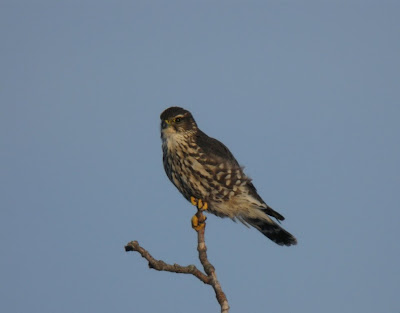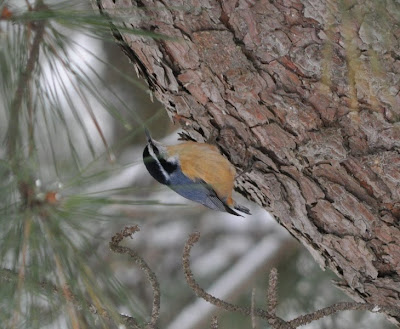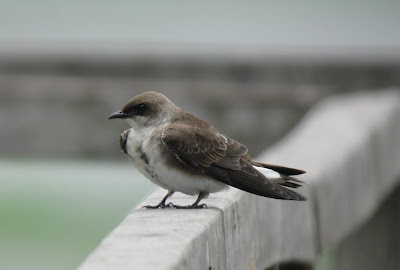COMMON MURRE - first Connecticut record

Congrats to the Newington Adult Ed class on another great find, this time Connecticut's first COMMON MURRE. A looong overdue species in the state, Common Murre had gone undetected despite being relatively common in recent winters in nearby RI and NY waters. In fact, they are apparently common as close as 40 miles from the CT border! This adult bird, in alternate plumage (typical for this species in late January), wandered into LI Sound long enough to be found and even chased by many birders as it slowly paddled its way eastward along the coast. Common Murre As we were watching the murre from the Moraine Trail, a Short-eared Owl appeared seemingly out of nowhere right over the murre before drifting towards the marsh behind us. Short-eared Owl Common Murre (bottom left) and Short-eared Owl (top right) Just how expected (or unexpected) was Common Murre in CT? When I wrote the "Next 15 Birds" article for the Connecticut Warbler a couple years ago, it placed #12 on the list. H...





